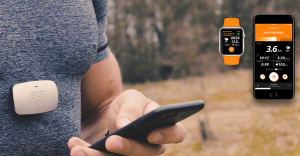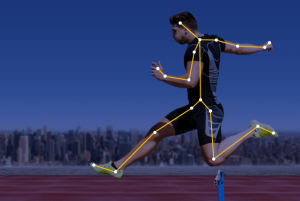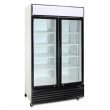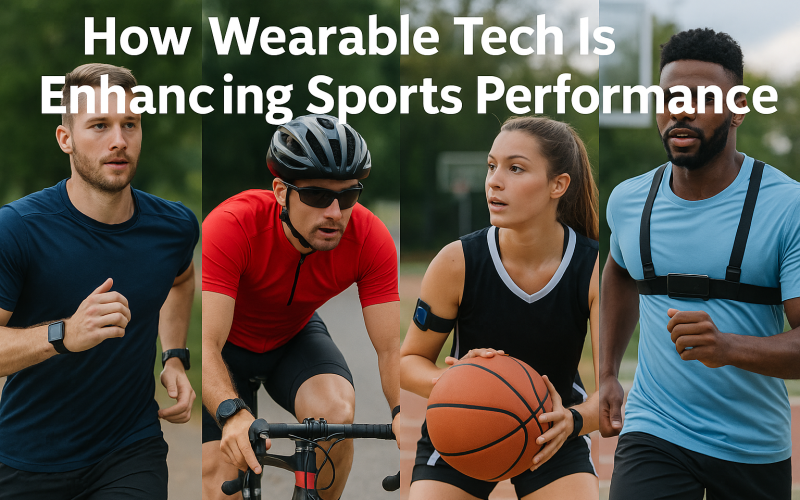Introduction
Wearable technology has rapidly transformed various industries, and sports is no exception. Athletes and sports enthusiasts are increasingly using wearable devices to track their performance, monitor health metrics, and gain insights that help them improve. These innovative gadgets are now essential tools for enhancing sports performance at all levels, from amateur players to professional athletes. In this article, we will explore how wearable tech is changing the way athletes train, compete, and recover. From heart rate monitors to smart shoes, wearable technology is making a significant impact on sports performance in 2025 and beyond.
What is Wearable Tech in Sports?
Wearable tech refers to devices that can be worn on the body to track, monitor, and analyze various metrics related to performance, health, and fitness. In sports, these devices collect data that athletes can use to optimize their training and improve their overall performance. Some of the most common types of wearable tech include smartwatches, fitness trackers, heart rate monitors, and even specialized devices like smart shoes and clothing that monitor specific movements and body metrics.
Wearable tech is designed to be lightweight, comfortable, and easy to use, allowing athletes to wear it during training, competitions, and even while resting. These devices are equipped with sensors that collect data, which is then analyzed and presented to the athlete through an app or a connected platform. This data can include everything from heart rate and calories burned to more specific metrics like running stride length or body temperature.
How Wearable Tech Improves Sports Performance

Tracking Vital Metrics
Wearable tech allows athletes to track a wide range of vital metrics, such as heart rate, steps taken, calories burned, and even blood oxygen levels. This data is crucial for monitoring overall health and fitness levels. By regularly tracking these metrics, athletes can understand their body’s response to different types of training and adjust their routines accordingly.
Heart Rate Monitoring: Many wearable devices, like fitness trackers and smartwatches, continuously monitor heart rate. Keeping track of heart rate helps athletes stay within their target zones during workouts and ensure they are not overexerting themselves.
Step Count and Activity Level: Tracking daily steps and activity levels helps athletes understand their baseline fitness and make improvements over time. It also encourages more movement throughout the day, even when not training.
Enhancing Training and Technique
One of the most exciting aspects of wearable tech is its ability to analyze an athlete’s performance during training and competitions. For example, devices can track running speed, cycling cadence, or swimming stroke efficiency. This data allows athletes to fine-tune their technique, reduce injury risk, and enhance performance.
Running and Cycling Analytics: Smartwatches and fitness trackers with GPS capabilities can track running and cycling metrics such as speed, distance, cadence, and stride length. This data helps athletes adjust their pace and improve their technique.
Smart Shoes: Some wearable tech devices are designed to be worn in shoes, providing insights into running form and efficiency. They can track foot pressure, gait, and landing patterns, helping runners improve their stride and reduce the risk of injury.
Injury Prevention and Recovery

Injury prevention is a key factor in sports performance, and wearable tech plays an important role in this area. By monitoring factors like movement patterns, muscle strain, and fatigue levels, athletes can identify potential injuries before they happen. Wearable devices can also track recovery metrics, such as sleep patterns and muscle soreness, to ensure athletes are recovering properly.
Monitoring Movement and Posture: Wearable devices like smart clothing or sensors can monitor an athlete’s posture and movements. For example, smart shirts can detect improper body alignment that might lead to muscle strain or injury.
Sleep Tracking for Recovery: Proper sleep is essential for muscle recovery. Wearable devices that monitor sleep quality can provide valuable insights into an athlete’s rest patterns, helping them optimize recovery time between training sessions and competitions.
Real-Time Feedback
Wearable tech also provides athletes with real-time feedback during training or competition. This instant access to data allows athletes to make immediate adjustments and improve their performance on the spot. Whether it’s adjusting their pace, form, or breathing, real-time data helps athletes respond to their body’s needs more effectively.
Real-Time Analytics: Many wearable devices display real-time stats like pace, heart rate, and calories burned, which can be used to adjust training intensity during a workout. For example, a runner might notice their heart rate is too high and choose to slow down to avoid overtraining.
Coaching Tools: Some wearables are connected to coaching apps that provide instant feedback based on performance data. This helps athletes make improvements immediately rather than waiting for post-training analysis.
Improved Mental Health and Motivation
In addition to physical metrics, wearable tech can also track factors that influence an athlete’s mental state, such as stress, anxiety, and mood. Monitoring these factors can help athletes maintain a healthy balance between their mental and physical health, improving overall performance.
Stress and Recovery: Some wearable devices can track stress levels by measuring heart rate variability (HRV). Athletes can use this data to manage their stress and improve mental recovery, which is just as important as physical recovery.
Motivation and Goal Setting: Wearable tech often includes goal-setting features that help athletes stay motivated. Setting targets for distance, speed, or time can help athletes stay focused and push themselves to achieve their best.
Popular Wearable Tech for Athletes

Fitbit Charge 5
Fitbit has long been a leader in the wearable fitness tracker market. The Fitbit Charge 5 is one of the most popular devices, offering features like heart rate monitoring, sleep tracking, GPS, and a built-in stress management system. It provides athletes with detailed insights into their fitness, recovery, and overall health.
Garmin Forerunner 945
The Garmin Forerunner 945 is a high-end smartwatch designed for athletes who want more advanced features. It offers a wide range of metrics, including VO2 max, running dynamics, and cycling power, and is ideal for triathletes or serious runners. Its advanced GPS and heart rate tracking make it a top choice for athletes who need precise data.
Whoop Strap 3.0
The Whoop Strap 3.0 is a unique wearable that focuses on recovery. It doesn’t have a screen, but it tracks heart rate variability, sleep, strain, and recovery, providing valuable insights for athletes looking to optimize their performance. Its subscription model includes access to personalized coaching and recommendations based on the data it collects.
Apple Watch Series 7
The Apple Watch Series 7 is a versatile smartwatch that offers a wide variety of features, including heart rate monitoring, GPS tracking, and sleep analysis. It integrates well with fitness apps, making it a great choice for athletes who use multiple platforms to track their performance.
Challenges and Limitations of Wearable Tech in Sports

While wearable tech offers many benefits, there are some challenges to consider:
Accuracy of Data
While wearable devices provide valuable insights, the accuracy of the data can vary between devices. It’s important to remember that wearables are not always 100% precise, especially when it comes to measuring certain metrics like heart rate, distance, or running form.
Battery Life
Some wearable devices, especially those with advanced features like GPS tracking, can drain battery quickly. This can be a concern for athletes who rely on continuous tracking during long workouts or events.
Comfort and Fit
Wearable devices need to be comfortable and fit properly in order to collect accurate data. Devices that are uncomfortable or do not fit well may not provide the best performance tracking or might even cause discomfort during long periods of use.
Table: Comparison of Popular Wearable Tech Devices
| Device | Key Features | Best For |
|---|---|---|
| Fitbit Charge 5 | Heart rate monitoring, sleep tracking, GPS | Casual athletes, fitness enthusiasts |
| Garmin Forerunner 945 | Advanced running metrics, cycling power, GPS | Serious runners, triathletes |
| Whoop Strap 3.0 | Recovery tracking, heart rate variability | Athletes focused on recovery and training optimization |
| Apple Watch Series 7 | GPS, heart rate, sleep analysis, fitness apps | All-around fitness tracking, versatile usage |
Conclusion
Wearable technology is revolutionizing the way athletes train and compete. By offering real-time data on performance, health, and recovery, these devices help athletes improve their skills, reduce the risk of injury, and optimize their training. While there are challenges in terms of accuracy and battery life, the benefits of wearable tech far outweigh these concerns. As technology continues to improve, wearable devices will become even more powerful tools for athletes of all levels.
Call-to-Action
Ready to enhance your performance? Explore the latest wearable tech and find the device that’s right for you. Start tracking your workouts, improving your recovery, and optimizing your training today!











